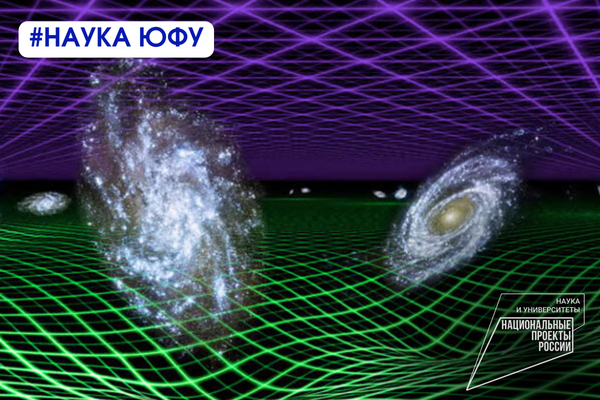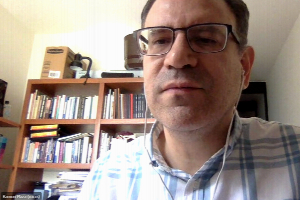
Maxim Khlopov, a scientist at SFedU, together with Indian colleagues, is studying the parameters of the quintessence field, which is associated with the distribution of dark energy density. This study allows us to look at the theory of the expansion of the universe in a new way.
It seems that everyone has already heard that the universe is expanding and it is expanding with acceleration. Previously, the main question was "why?". Now scientists know about dark energy, which determines the expansion of the universe, so now the main question is: "What is it and how does it behave?" The answer to this question is being dealt with by the chief researcher of the Research Institute of Physics of the Southern Federal University, Doctor of Physico-Mathematical Sciences, Professor Maxim Khlopov together with his Indian colleagues.
It is now believed that the density of dark energy is constant and independent of time, as evidenced by the early theory of inflation – a theory based on cosmological constants or real scalar fields in slow-rolling approximations. But the approach of the scientific group suggests that it may change. This is due to the hypothetical quintessence field, whose energy density decreases as it approaches a minimum. The authors of the work, the results of which are presented in the journal Astroparticle Physics, investigate inflation at the inflection point, considering a canonical scalar field in the absence of a connection with background matter.
The field of quintessence is one of the hypotheses about the nature of dark energy. The assumption that it exists leads us to believe that the density of dark energy can change over time and space, which may change scientists' understanding of how the universe is expanding. This model solves many problems of science related to the search for a cosmological constant. The canonical scalar field (quintessence) is considered one of the potential candidates for a dynamic model of dark energy.

In the work, scientists examined the relationship between quintessence and matter (baryonic and dark matter). Thus, two components were considered, one of which is a substance without pressure, and the other is a scalar field as a source of dynamic dark energy. These components interact with each other, which changes their scaling behavior. Based on the results of the work, the researchers built two different models of the development of the Universe at different parameters of the quintessence field, which are consistent with observations of the modern expansion of the Universe. In particular, the simulation results were compared with the observations of the Planck Observatory.
The nature of the expansion of the Universe, which was proposed in the work, differs from the model recognized as standard. This opens up huge opportunities for the study of dynamic, changing forms of dark matter, for their experimental and observational search. Scientists are facing new questions about how the quintessence field interacts with matter and what role it can play in astrophysical processes.
"After our work was accepted for publication, the first data of The Dark Energy Spectroscopic Instrument (DESI) experiment appeared, exploring dark energy in spectrometric measurements of hundreds of millions of galaxies. These data on the large–scale structure of the universe contain the first indications of the possible dynamic nature of dark energy, giving our results special relevance," said Maxim Khlopov.
The study was carried out with the financial support of the Ministry of Science and Higher Education of the Russian Federation
Short link to this page sfedu.ru/news/75584




